Wildlife reflection photography is a powerful way to create stunning and artistic images. Capturing reflections in lakes, ponds, or even small puddles adds depth, symmetry, and intrigue to your wildlife photography. This guide will show you how to master the techniques for breathtaking wildlife reflection shots with ease.
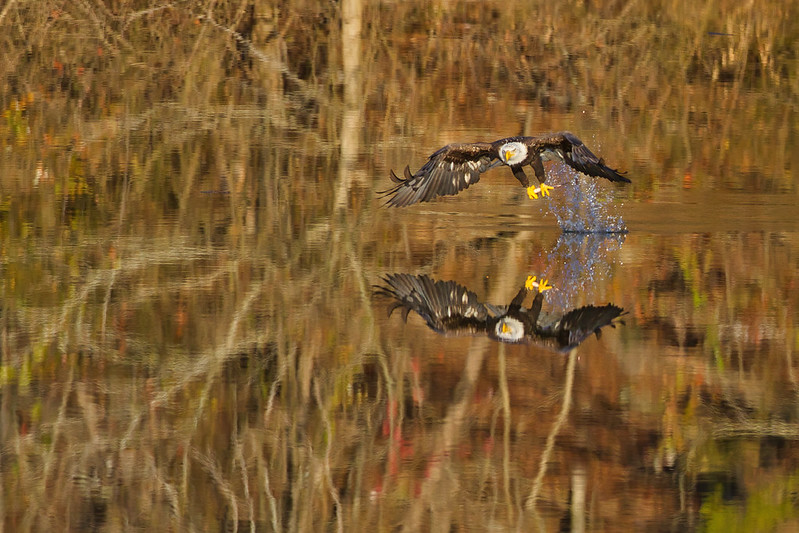
1. Best Locations and Timing for Wildlife Reflection Photography
Look for Still Water: Seek out lakes, ponds, or slow-moving rivers with minimal wind to achieve clear, mirror-like reflections.
Take Photos During Golden Hour: Early morning or late afternoon light enhances colors, creating a warm and soft glow in your images.
Use Puddles After Rain: Rain puddles can serve as unexpected reflective surfaces, offering creative and unique compositions.
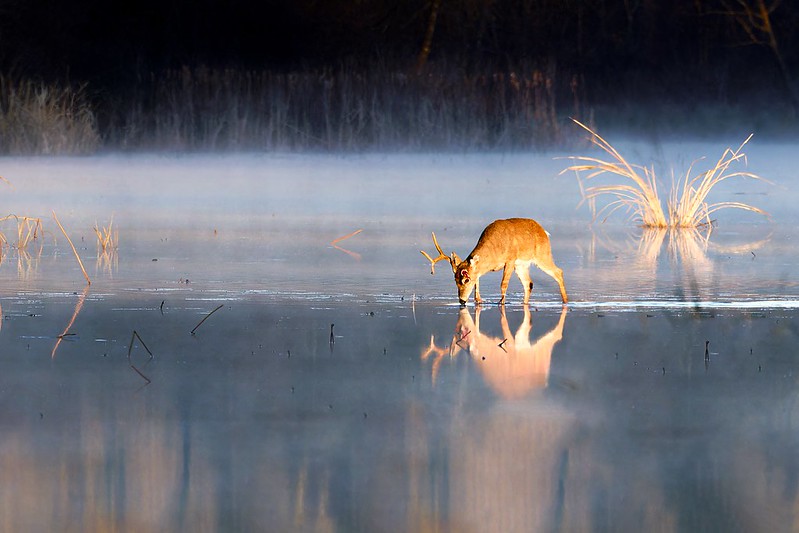
2. Camera Settings for Sharp Wildlife Reflections
Use a Small Aperture (f/8 – f/16): A higher f-stop ensures both the subject and its reflection remain sharp and well-defined.
Keep Your ISO Low (100 – 400): A lower ISO minimizes noise, keeping reflections crisp and clear.
Use a Fast Shutter Speed (1/500s or Faster): If the water has slight movement, a faster shutter speed helps freeze the motion while preserving clarity.
3. Wildlife Reflection Photography Composition Techniques
Use Symmetry: Position the animal so its reflection creates a balanced, mirror-like effect for a striking visual impact.
Find Leading Lines: Utilize edges of water, ripples, or floating objects to naturally guide the viewer’s eye through the scene.
Incorporate Foreground Elements: Adding grass, branches, or rocks can create depth and provide additional context to your shot.
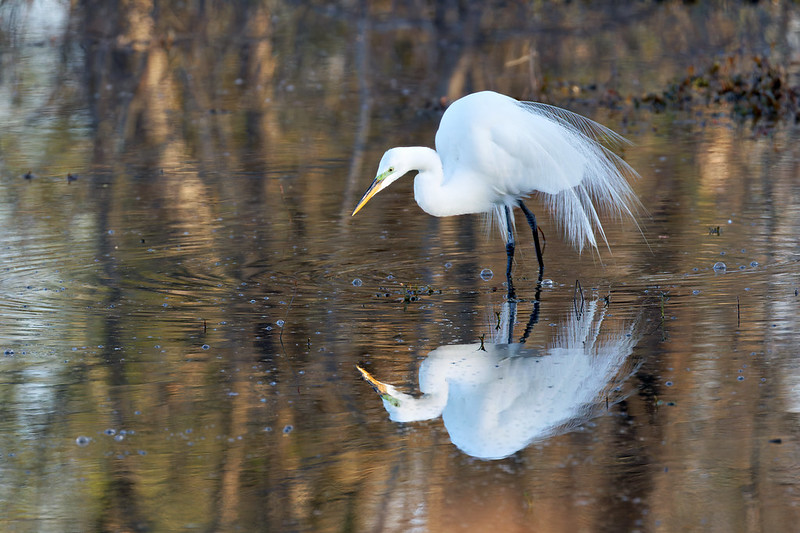
4. Creative Wildlife Reflection Photography Techniques
Embrace Ripples for an Artistic Touch: A little movement in the water can create a wavy, painterly effect in the reflection.
Shoot from a Low Angle: Lowering your perspective makes the reflection more prominent and enhances the overall composition.
Play with Shadows and Silhouettes: Shooting with backlight can create moody, high-contrast reflections that add drama to your photos.
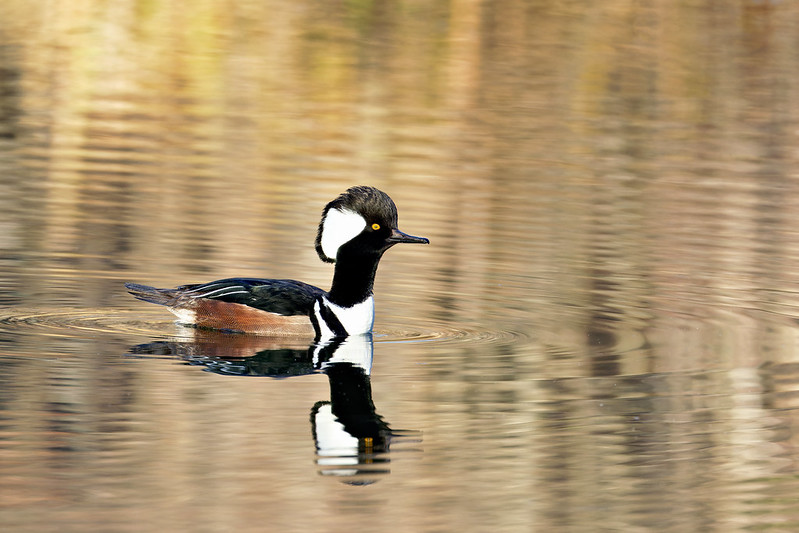
5. Edit Your Photos for the Best Results
Adjust Contrast and Clarity: Enhancing these settings can make reflections pop while maintaining a natural look.
Crop for Balance: Ensure the reflection is well-aligned within the frame for a visually pleasing composition.
Enhance Colors Naturally: A slight vibrance adjustment can make the water appear richer without looking over-processed.
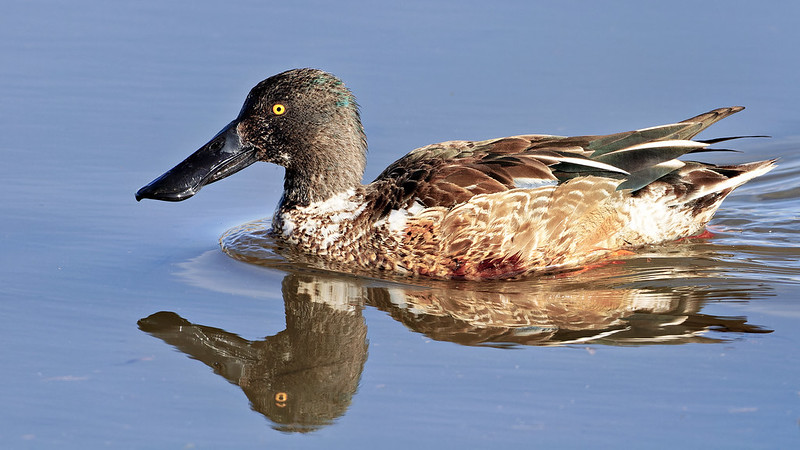
Final Thoughts
Capturing wildlife reflections can transform an ordinary photo into something extraordinary. By selecting the right location, fine-tuning your camera settings, and experimenting with composition, you can create breathtaking images that stand out.
Tomorrow’s topic: “Moon Photography: Capture Stunning Lunar Images.” Stay tuned!

Another interesting post with very good tips.